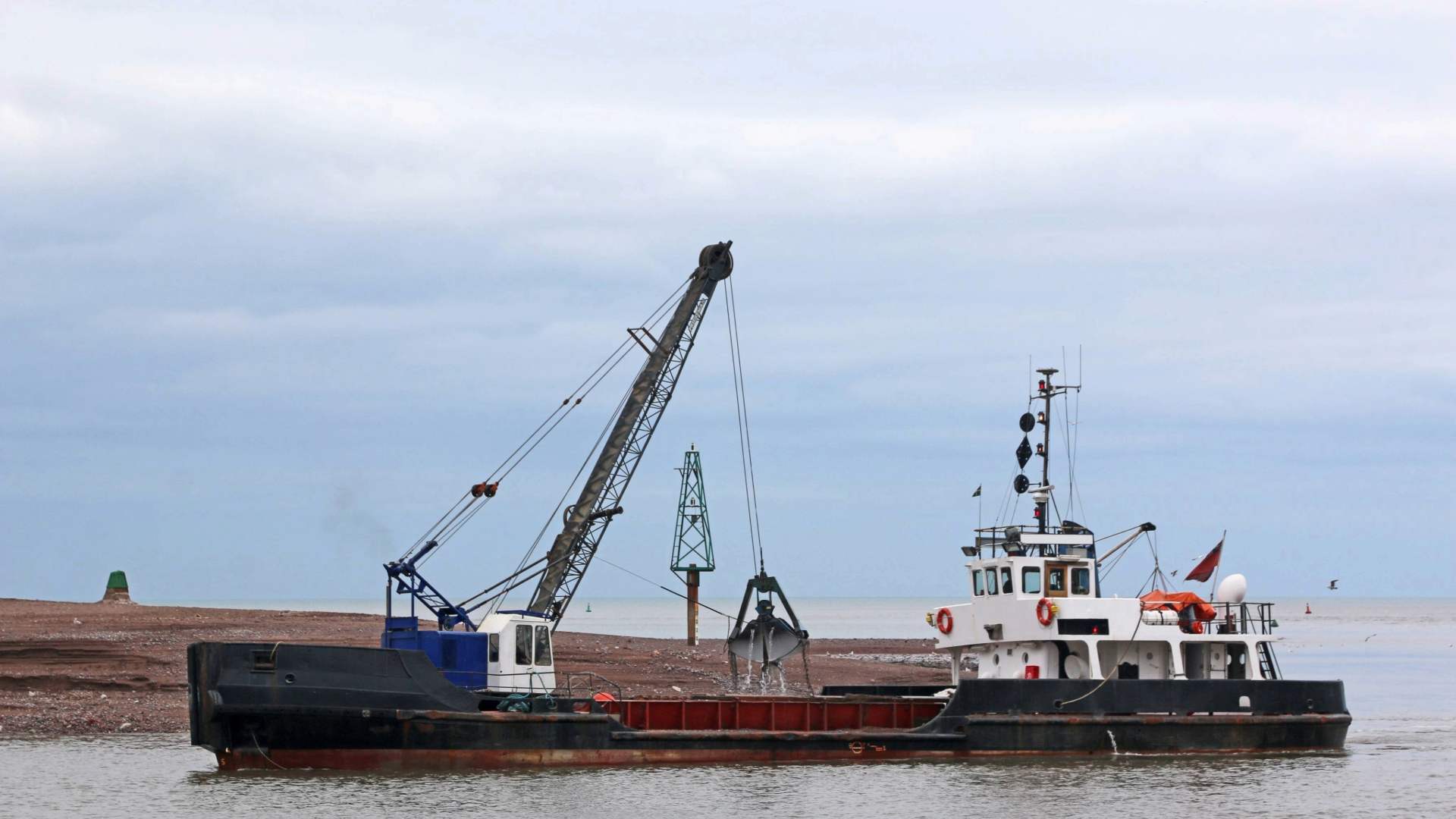Introduction
WINONA, Minn. — Starting July 17, the U.S. Army Corps of Engineers, St. Paul District, will begin mechanical dredging operations at the Winona Small Boat Harbor—also known locally as Dick’s Marine—in southeastern Minnesota. The project, scheduled for completion by July 31, aims to restore adequate harbor depth to ensure safe and efficient navigation for recreational boaters and other small craft users.
Located along the Upper Mississippi River, Winona’s Small Boat Harbor has experienced sediment accumulation over time, making certain areas shallower and potentially hazardous to navigate. To address this, the dredging operation will remove excess sediment from the harbor basin and restore water depth to safe and navigable levels.
Why Harbor Dredging is Necessary
Harbor dredging plays a crucial role in maintaining the functionality and safety of waterways, especially those that serve as access points for recreation, commerce, and emergency services. Sediment buildup occurs naturally due to river currents depositing silt, sand, and debris in slower-moving water bodies like harbors and inlets.
In Winona’s case, years of sedimentation have significantly reduced the harbor’s depth, posing a risk to boaters who might unknowingly run aground. According to the Army Corps of Engineers, the dredging is essential to sustain navigability and prevent boating accidents, especially during periods of low water.
“The goal is to restore navigable depth in the harbor to provide safe access for small vessels,” said a spokesperson for the St. Paul District. “Keeping this harbor clear is vital not only for recreational users but also for the economic and environmental health of the region.”
Project Timeline and Safety Precautions
The mechanical dredging work will occur during daylight hours from Monday to Thursday, minimizing disruptions to weekend boat traffic. Local boaters and harbor users are strongly urged to use extreme caution when navigating near the dredging plant and associated sand barges.
Heavy equipment, including dredge excavators, barges, and support vessels, will be operating throughout the harbor area during the two-week project. Warning signs and safety markers will be installed to guide boaters safely around the work zone.
“Public safety is our top priority,” said the Corps. “We encourage everyone to avoid the area if possible or proceed with heightened awareness.”
Method of Dredging
This project involves mechanical dredging, a method typically used in areas with limited access or where precision is required. Unlike hydraulic dredging, which uses suction to remove sediment, mechanical dredging uses large excavators or clamshell buckets to physically scoop up sediment and transfer it to barges or dump sites.
The removed material will be transported and placed in a designated disposal area, following all environmental regulations and protocols to minimize ecological disruption.
Regional Importance of Dredging Projects
The St. Paul District of the U.S. Army Corps of Engineers oversees the maintenance of a 9-foot navigation channel and 13 locks and dams from Minneapolis, Minnesota, to Guttenberg, Iowa, as part of its broader navigation program. The program ensures a safe, reliable, cost-effective, and environmentally sustainable waterborne transportation system on the Upper Mississippi River.
This harbor dredging initiative in Winona aligns with the district’s overall mission to facilitate commercial shipping, enhance recreational use, and support national security needs through a well-maintained waterway network.
When harbors and channels are not regularly dredged, they can become impassable or unsafe, resulting in economic setbacks for river communities and potentially increased reliance on more carbon-intensive land transport. Maintaining harbor depth allows boats to move efficiently and safely, reducing the risk of collisions, groundings, or environmental damage.
Environmental Considerations
While dredging is critical for safe navigation, it also requires careful environmental planning. The Army Corps follows strict guidelines to ensure that dredging operations minimize impacts to aquatic habitats, water quality, and wildlife. Environmental assessments are conducted before the start of the project, and sediment is tested to ensure it is safe for relocation.
In this case, the Winona harbor sediments are considered non-contaminated and suitable for placement in a controlled disposal area. The Corps is also taking steps to avoid sensitive spawning seasons and migration patterns of native fish species.
Economic and Recreational Benefits
By restoring safe access to the harbor, the dredging project will benefit local businesses, recreational boating communities, and tourism in the Winona area. The Mississippi River and its tributaries are popular destinations for boating, kayaking, and fishing, drawing visitors from across the region.
Recreational boaters rely on properly maintained harbors for launching and docking, and any reduction in harbor depth can limit the types and sizes of boats able to safely use the facilities.
Moreover, Winona’s connection to the broader Mississippi River system makes it a key location for both river-based recreation and heritage tourism. By investing in harbor dredging, the community helps protect these economic assets for future generations.
Conclusion
With mechanical dredging underway from July 17 to July 31, the Winona Small Boat Harbor is on track to regain its full navigational capacity. This essential maintenance will improve boater safety, preserve harbor infrastructure, and support the broader mission of sustainable waterway management across the Upper Mississippi River.
As work progresses, boaters are reminded to stay alert, respect safety boundaries, and consider alternative routes if possible. The U.S. Army Corps of Engineers thanks the public for its cooperation and remains committed to maintaining a resilient and navigable river system for all.
